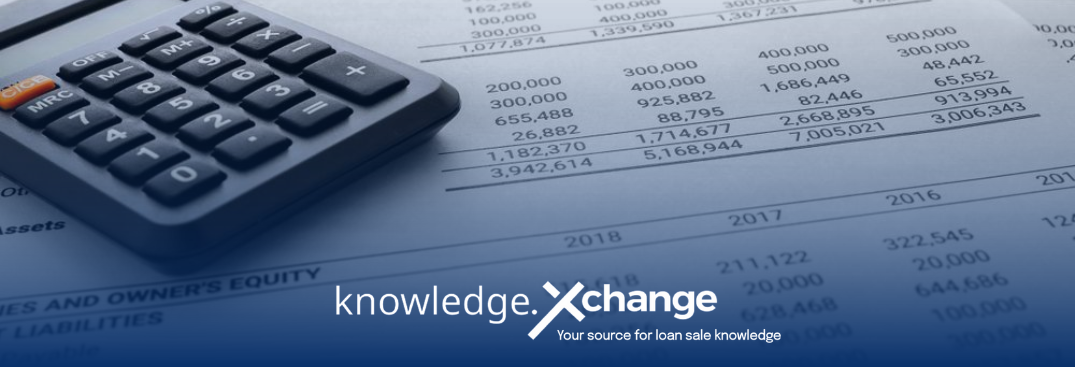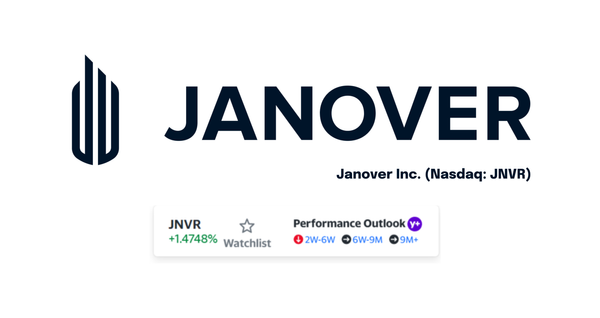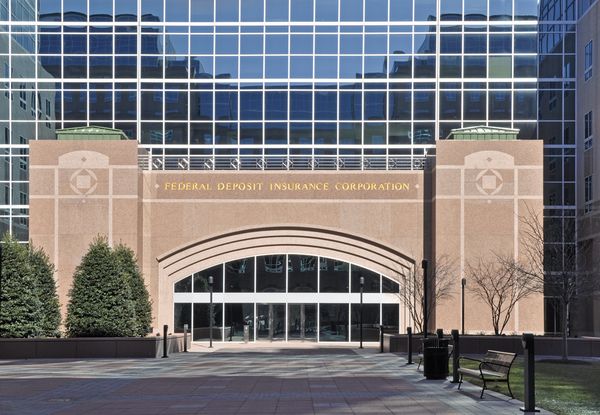5 Ways Banks Can Take Control of Non-performing Loans

Banks have an acute interest in mitigating risk. So, when it comes to the non-performing loans (NPLs) on your balance sheet, mitigating risk means having a plan to maximize the recoverable cash value of assets—and executing according to plan. For that, you need a meticulous approach backed by intelligent insight.
Let’s explore the top five ways to take control of your NPLs.
#5. Know yourself: do you have a strategy?
A thoughtful strategy coupled with the confidence to execute it will serve as the roadmap to success—and you also need to define “success.” Usually, “success” with regard to an NPL means maximizing the recoverable cash as quickly as possible, because otherwise you’ll be losing capital with each passing day.
Consider whether you really want to go through a workout (that may fail) or foreclosure on the property. What is the best interest of your institution? Lenders get tripped up trying to employ a one-size-fits-all strategy. The reality is that every loan involves a unique set of circumstances, including key stakeholders, political landscape, compliance, borrower profile, asset type and market conditions. An NPL situation can spiral out of control quickly if you don’t have an efficient way to understand and track the details of your process.
Strategy begins with a few key questions.
Do you maintain a loan watchlist? A watchlist is a list of loans that are not performing well, according to whatever benchmarks you want to use. Having a process for monitoring your loans and transferring them to your watchlist keeps you and your team ahead of the game prior to an event of default, missed or short payments, or technical and maturity default.
Are you in a judicial foreclosure state? Some states require a court-adjudicated foreclosure process that adds a LOT of time and cost to foreclosure proceedings.
Will you need to put the property in receivership? In a judicial foreclosure state, the court may require receivership. If you’re a smaller lender, you might try a do-it-yourself approach to avoid receivership costs—but DIY could end up being highly inefficient and even more expensive than a receiver.
What happens if the borrower threatens bankruptcy? Sometimes, a borrower will use the threat of bankruptcy to get out of paying a loan in full or under its current terms. Depending on the circumstances, a bankruptcy court might determine that the property is worth far less than the mortgage amount—or what became known as a “cram-down” following the 2008 financial crisis. Are you willing to accept that kind of outcome?
#4. Know your borrower.
When a loan starts to go bad, it’s important to understand the circumstances and motivation of the borrower. Knowledge is power! Understanding the borrower’s situation keeps you in control of the loan. Important questions to ask include:
Why aren’t payments being made?
Is there something we can do to help the borrower?
Is this borrower worth saving? Do we need to keep this credit on our balance sheet?
Does this borrower have other lucrative loans with you in good standing? Does it make sense to cross-collateralize?
Ultimately, understanding why the loan went bad increases the chance of resolving it earlier rather than wasting time on a failed workout.
#3. Selling the loan? Understand your buyers.
The buyer profile and the cost of capital are the two most important factors for pricing and executing the sale of an individual asset or pool of assets. When selling an NPL or REO asset, it’s a mistake to mindlessly turn to the same, steady stable of buyers without identifying additional buyer profiles who may be a better fit for your particular loan situation.
Likely buyer profiles go beyond those expected to offer the highest price. The ability to quickly bring cash to the table is important, but other factors should be considered. For example, the buyer’s ability to develop a site or manage property matters, because a vacant site or deteriorating property means a loss of economic value for your community, and the effects can compound over time. Often, local market relationships are paramount, and someone with an understanding of complex local politics may lend invaluable perspective.
Having a process in place that allows for matching the deal or asset with the appropriate buyer profile is critical for the best outcome of your asset, opportunity and community. For more detail on the six primary buyer profiles, see our blog post "Who's Going to Buy Your Loan? Core Buyer Profiles for Loan Sales".
#2. Price the loan, not the collateral.
Banks and credit unions account for more than half of the roughly 10,000 commercial lenders in the marketplace. Surprisingly, many don’t have a mechanism for determining the cash value of their NPL. Or, they think they have a formula in place, but its ingredients include a little bit of “winging it” with a pinch of reckless negotiation.
It’s important to understand how a loan's value is underwritten and what value key stakeholders are willing to accept. Since standard appraisals and BOVs don’t evaluate NPLs, internal underwriting leads many lenders astray from the cash market value. A standard MAI appraisal or broker opinion of value isn’t designed to determine what the note is worth. It’s designed to conform to rigid regulatory compliance and deliver current book value–not CASH value– while liquidation value is typically assessed at the fee simple value minus a 20% - 30% liquidation or “fire sale” discount.
Xchange.Loans’ XL Value goes many steps beyond the standard appraisal methods by identifying the cause of distress and quantifying how it affects the value of the underlying collateral. XL Value is a smarter approach to underwriting that increases chances of stakeholder approval and maximizing recoverable value.
#1. Establish a predictable loan sale process and/or work with an advisor.
Now that your strategy has been established, how will you execute it? Having a firm process for the more tactical elements allows you to move quickly and efficiently. These elements include:
Marketing the NPL asset
Hiring a special servicer
Verifying buyers and proof of funds
Due diligence staging and data rights management
Finalizing purchase and sale agreement
Closing and post-closing management
NPL sales are more complex than selling and valuing real estate. In the absence of an intelligent and insightful strategy, an advisor like Xchange.Loans can help.
Want to know what your CRE NPL is worth? Try XL Value to generate a free loan valuation report.





















